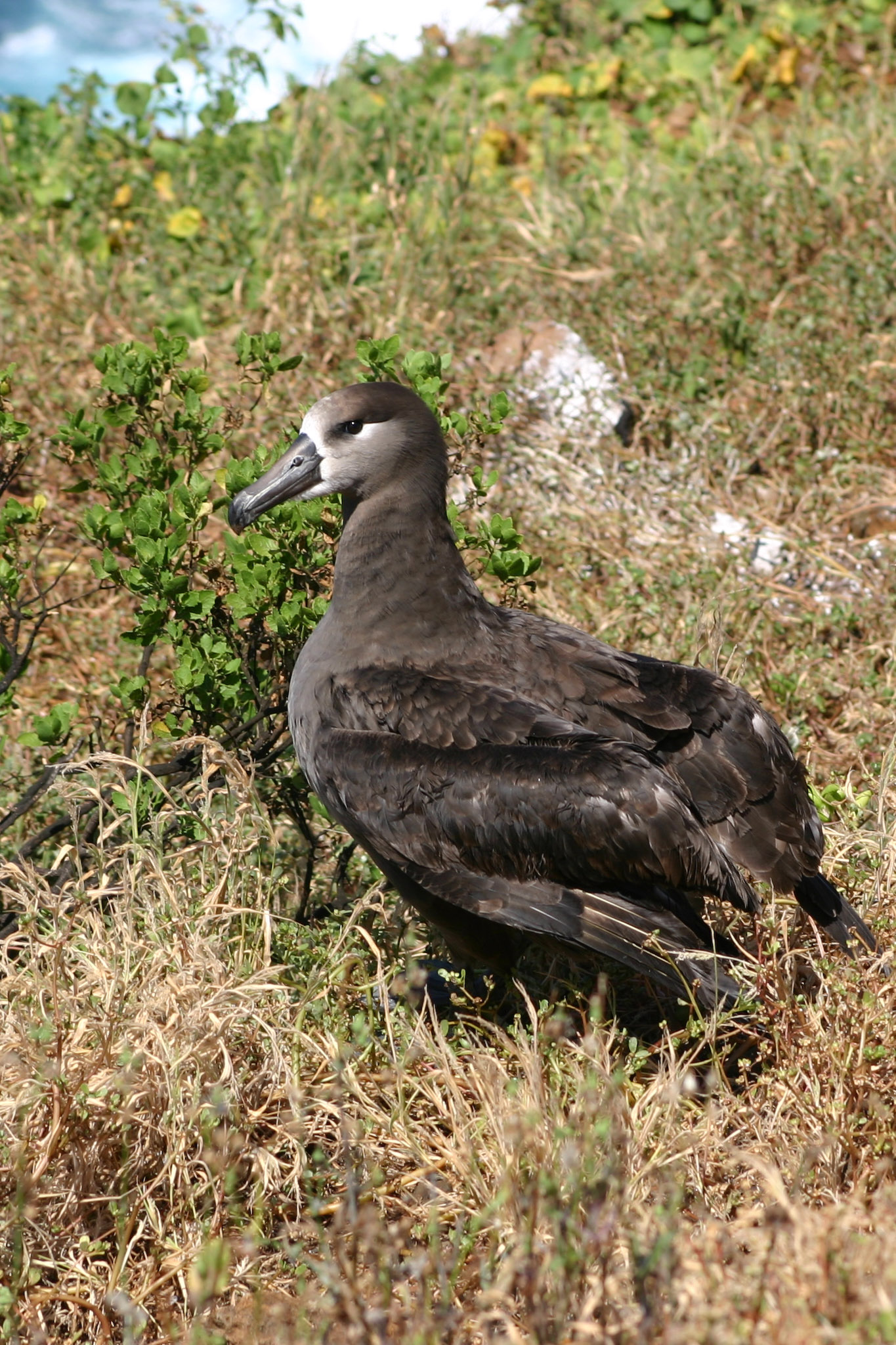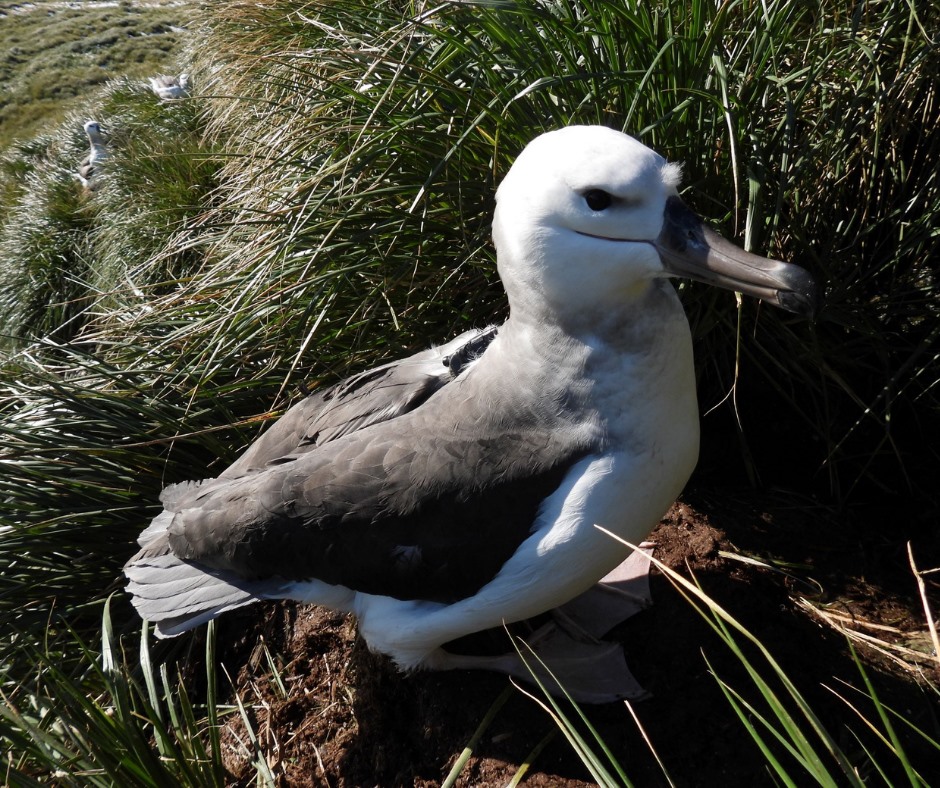
Flesh-footed Shearwater, photograph by Kirk Zufelt
Vincent Yap (Institute for Marine and Antarctic Studies, University of Tasmania, Hobart, Australia) and colleagues have published in the open-access journal Marine Ornithology on longevity of the Flesh-footed Shearwater Ardenna carneipes (Near Threatened), based on band recoveries.
The paper’s abstract follows:
“Longevity records for seabirds are vital to understanding population demography but are often limited due to the relatively short duration of many monitoring programs. Here, we present new longevity records for two seabird species: 32.2 years (Queensland, Australia) for the Brown Booby Sula leucogaster and 33.9 years (New Zealand) for the Flesh-footed Shearwater Ardenna carneipes, alongside existing longevity data. While these new records represent the oldest known birds to date, we suggest that they reflect typical adult lifespans of these species, i.e., 25–30 years, and reinforce the need for ongoing monitoring efforts.”
Reference:
Yap, V.H.S., Stewart, L.G., Stuckenbrock, S., Fidler, A.L. & Lavers, J.L. 2021. Longevity records for the Brown Booby Sula leucogaster and Flesh-footed Shearwater Ardenna carneipes. Marine Ornithology 49: 167–170.
John Cooper, ACAP Information Officer, 30 April 2021

 English
English  Français
Français  Español
Español 






